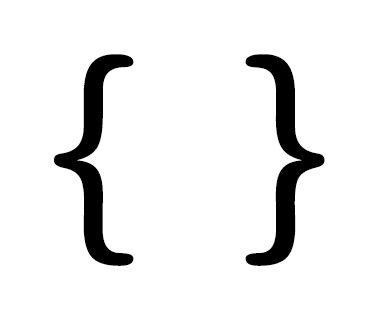· Chuck Conway · Programming · 2 min read
The Collection Comparer, Finding the Differences Between Two Collections
Have you had to compare two collections and execute some logic based on whether the item is in the source collection, in the comparing collection or in both? Yeah, me too, I needed to merge data from the UI and the database. I couldn’t find a good solution, so, I wrote a collection comparer.

Have you had to compare two collections and execute some logic based on whether the item is in the source collection, in the comparing collection or in both? Yeah, me too, I needed to merge data from the UI and the database. I couldn’t find a good solution, so, I wrote a collection comparer.
To illustrate how this works let’s look at an example.
In the source data we have the values 1, 3, 4, 6, and in the
comparing collection we have the values 1, 2, 3, 4, 5.
The source data is missing the 2 and the 5 when compared to the comparing collection, and the comparing collection is missing the 6 when compared to the source collection.
Let’s walk through this merge:
- in both (update)
- only in the comparing collection (add to source)
- in both (update)
- in both (update)
- only in the comparing collection (add to source)
- only in the source collection (remove from source)
Here what the code looks like:
var source = new []{1, 3, 4, 6};
var collection = new[] {1, 2, 3, 4, 5};
source.CompareTo(collection, (s, d) => s == d)
.OnlyInSourceCollection(s=> {/* do something */})
.OnlyInComparingCollection(s=>{/* do something */})
.InBoth(s=> {/*do something*/})
.Process();
Why not use LINQ?
You can use LINQ, however, LINQ will iterate the collections at least 3 times which doesn’t include operating (adding, updating, and deleting) on the data. Using the CollectionComparer, the data is only iterated twice.
There are faster ways to find the differences such as a binary search, but a binary search only works with integers. The collection comparer supports any type of comparison. The comparison is defined with this code: (s, d) => s == d.
The source code is found on GitHub.




